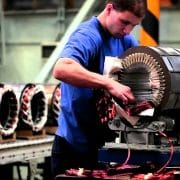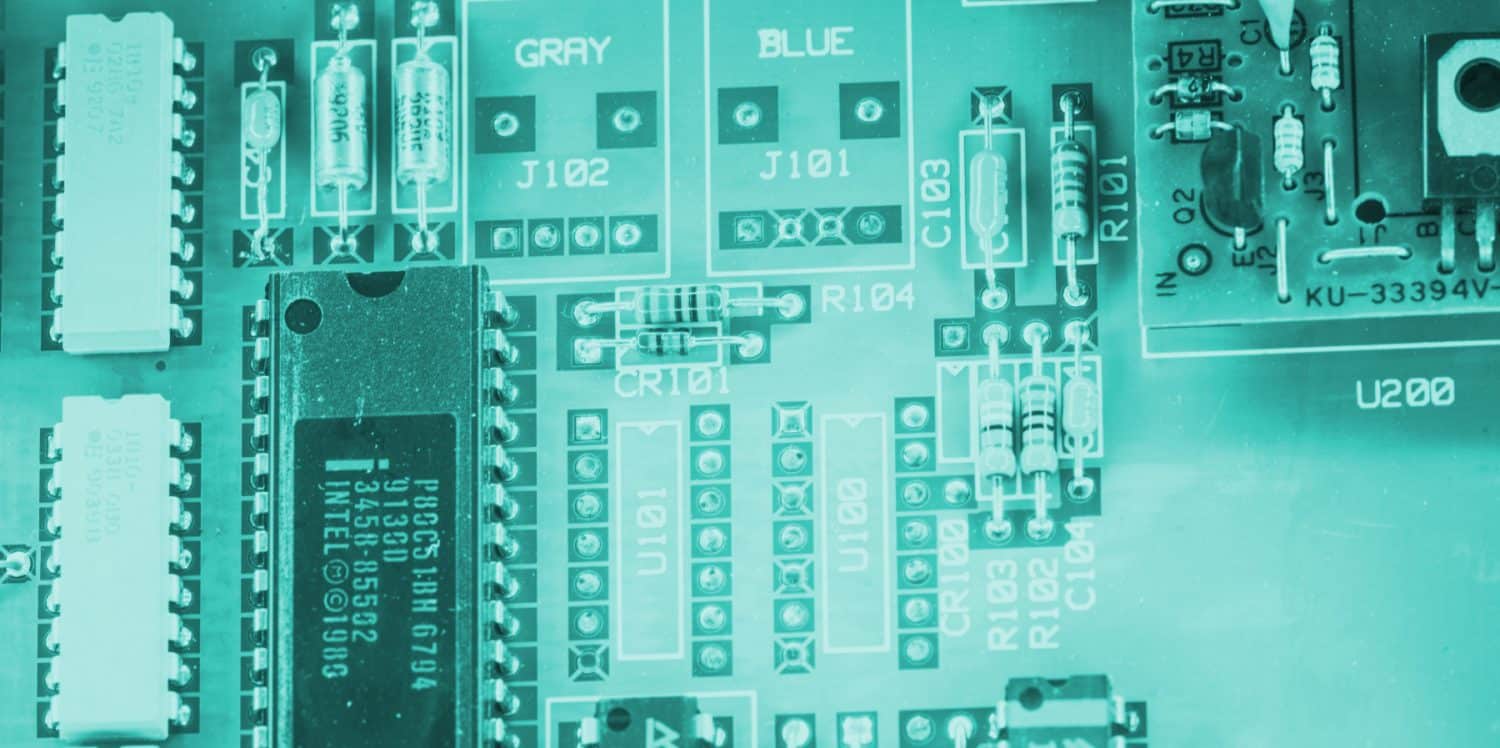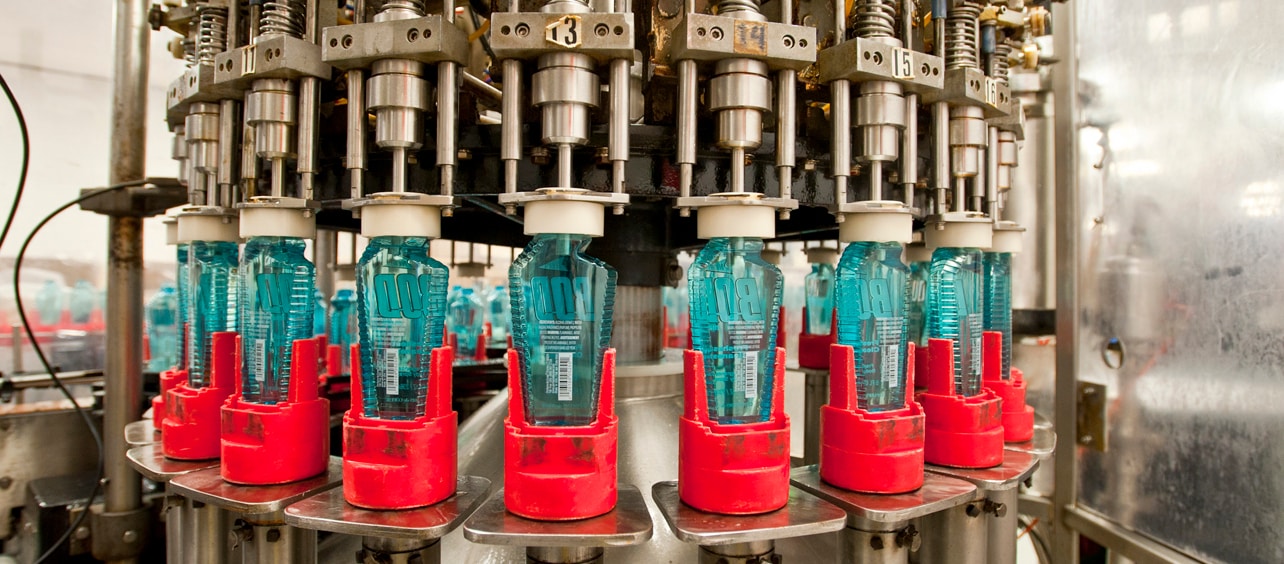AC DC Industrial Electric Motors
AC DC industrial electric motors operate by applying alternating current (AC) or direct current (DC) power to itscorresponding AC or DC motor. AC DC industrial electric motors are seen in manufacturing equipment and other industrial rotating machinery.
The main parts of an AC electric motor arethe stator and rotor. The AC electric motor stator consists of wound coils that are supplied with alternating current power and produce a rotating magnetic field. The rotor will then rotate inside the electric motor coils and the output shaft produces torque via the rotating magnetic field. There are two different types of AC electric motors:
- ACinductionmotor
- ACsynchronousmotor
AC induction motors use a magnetic field on the rotor of an induction motor that’s created by an induced current. AC synchronous motors rotate at precise supply frequency or on a sub-multiple of the supply frequency.AC synchronous motors are able to operate with precision supply frequency because it doesn’t reply on an induced current. The magnetic field on an AC synchronous motor is generated by current delivered through slip rings or a permanent magnet. Most AC motors seen today are controlled by AC variable frequency drives (VFDs). Running a motor from a VFD can extend the lifespan of its corresponding motor increase energy efficiency within a manufacturing plant.
DC industrial electric motors are powered from direct current (DC) power and are mechanically commutated. DC electric motors have a voltage induced rotating armature windings and non-rotating armature field frame coils that are a static field or permanent magnet. DC electric motors use different motor connections of the field and armature winding to produce variable speed and torque outputs.DC industrial electric motor speed can be controlled within the winding by changing the voltage sent to the motor armature or by adjusting field frame current. Most DC electric motors today are manufactured to be controlled with DC drives. DC electric motors are used in many applications across the globe such as paper producing machines, steel mill rolling machines and other applications that require variable speed and torque output. Some obsolete machinery can be retrofitted with updated equipment by replacing a DC industrial electric motor with an AC industrial electric motor and AC variable frequency drive. Energy savings, increased production, increased quality control,anddecreased downtime are some of the benefits of integrating an AC motor and VFD to replace a DC motor.
Additionalinformation on AC DC industrial electric motors is available viathe linkswithin this post.Precision Electric integrates new applications and retrofits outdated equipment for manufacturers worldwide. Contact Precision Electric for AC DC industrial electric motors or other related equipment.









